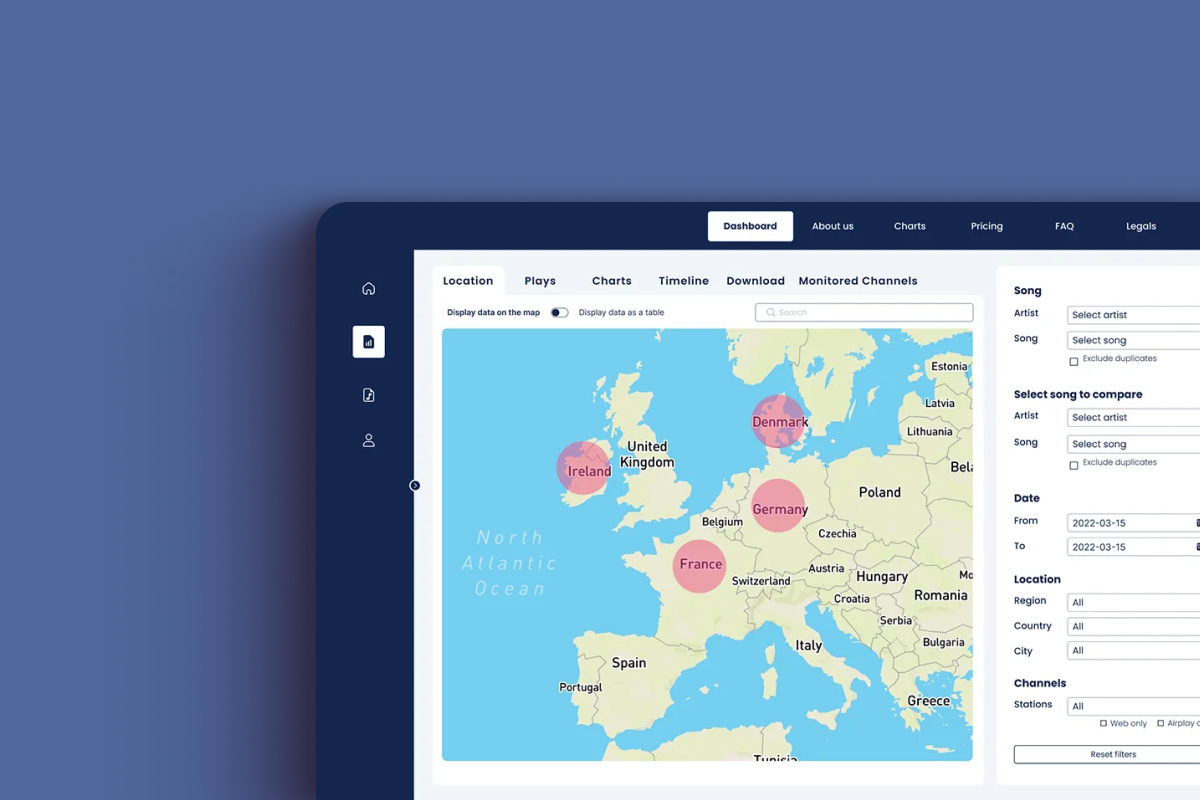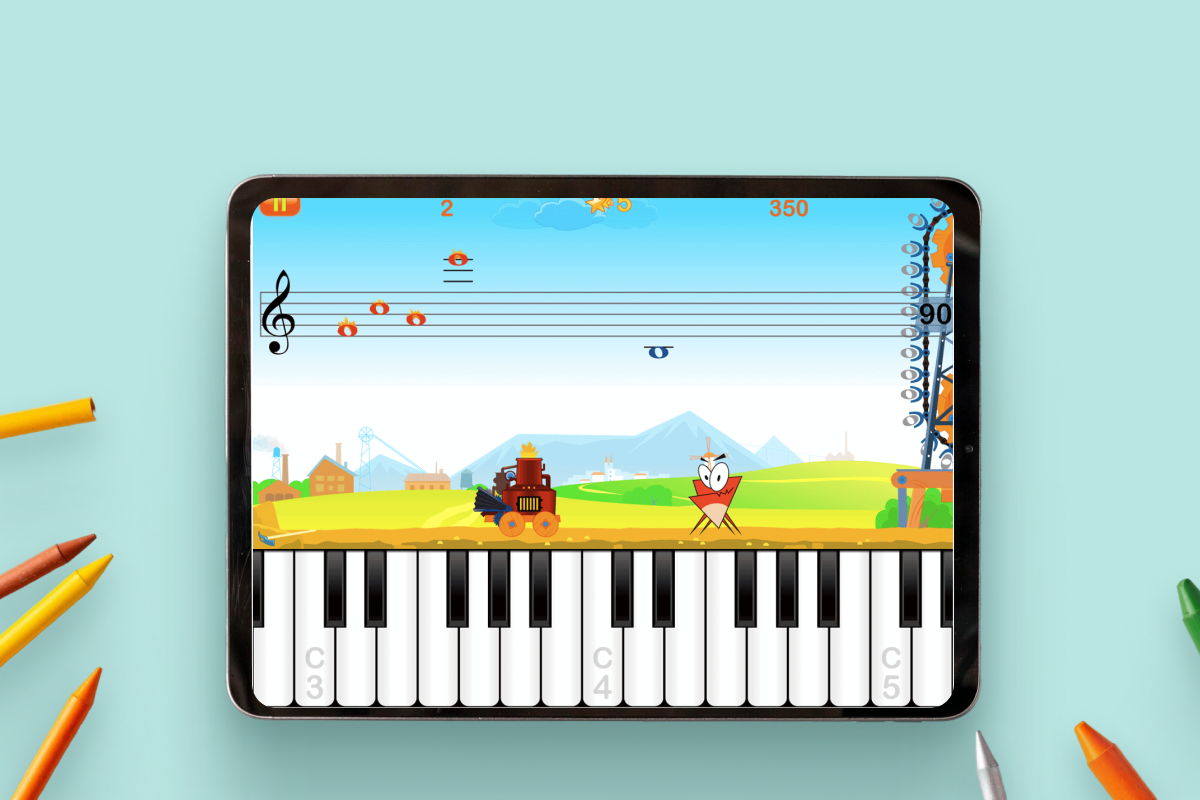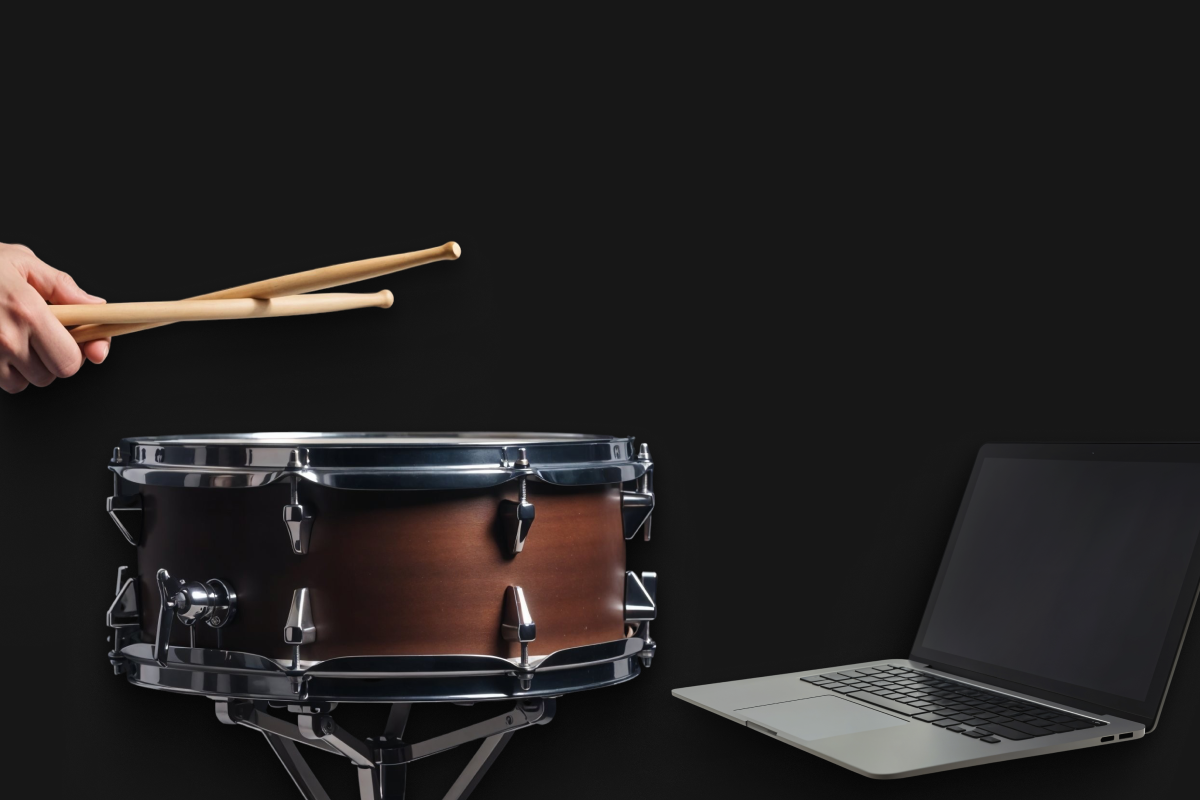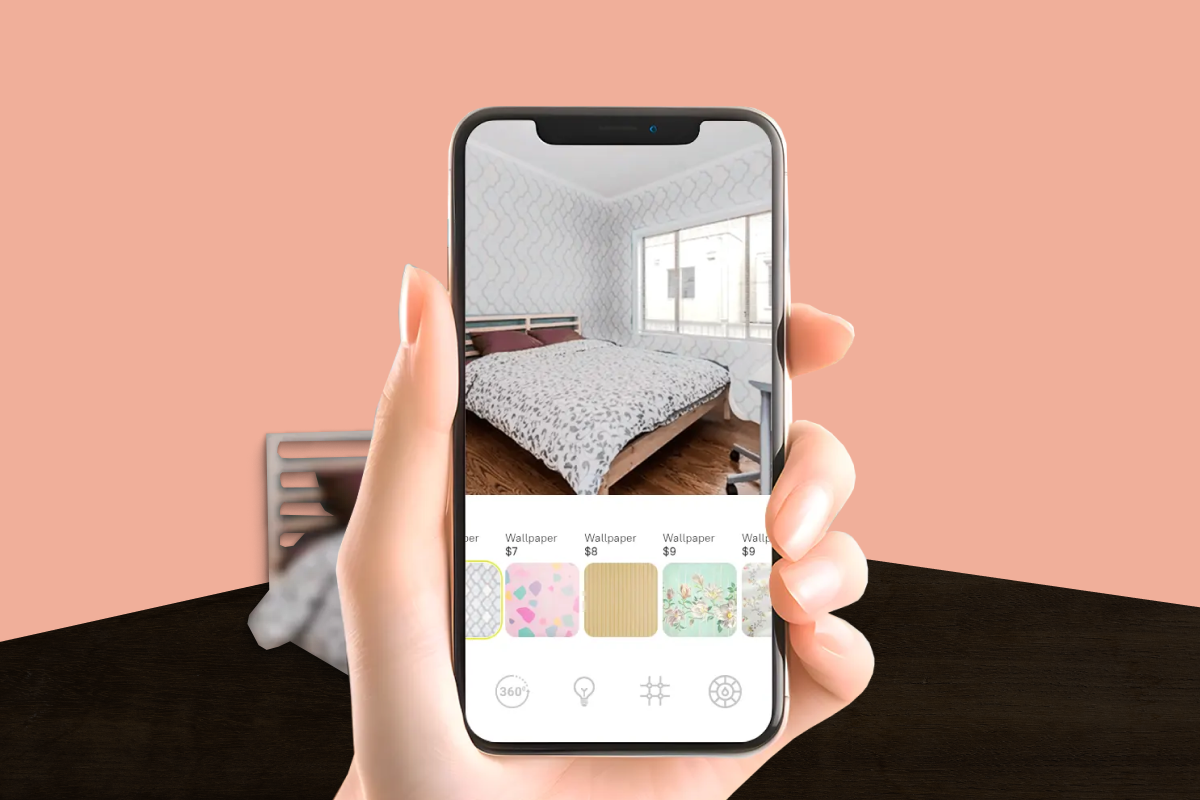All Technologies Used
Motivation
The client needed to ensure the stability, security, and seamless operation of their complex art trading platform (including NFT and WEB3 functionality). Without comprehensive QA, bugs or performance issues could compromise user trust, disrupt transactions, and affect collaboration with auction houses across multiple countries.
Main Challenges
The platform combines traditional WEB2 eCommerce features with advanced WEB3 components, including smart contracts, NFT marketplaces, and blockchain transactions. Ensuring seamless interactions between these systems required careful validation of data consistency, transaction reliability, and integration points to prevent failures or unexpected behavior.
Users access the platform via a wide variety of devices, operating systems, and browsers. The QA team had to ensure consistent layout, functionality, and responsiveness across desktop browsers (Chrome, Firefox, Safari, Edge), mobile browsers, iOS and Android apps, and devices with different screen resolutions, preventing UI glitches or broken workflows.
The platform needed to handle high volumes of concurrent users, NFT transactions, and auction activity across multiple countries. Testing involved load, stress, and performance validation to ensure the system remains responsive, reliable, and capable of scaling horizontally and vertically during peak traffic or transactional spikes.
Our Approach
Want a similar solution?
Just tell us about your project and we'll get back to you with a free consultation.
Schedule a callSolution
WEB3 Integration Testing
- Interaction with smart contracts
- Execution and verification of blockchain transactions
- Wallet integration and cryptocurrency handling
- Data validation and consistency checks on WEB3 components
Cross-Platform Compatibility
- Browser compatibility testing (Chrome, Firefox, Safari, Edge)
- OS compatibility testing (Windows, macOS, iOS, Android)
- Device-specific layout and interaction verification
- Responsive design validation
Payment System Testing
- Validation of payment gateway interactions
- Error handling for failed or declined payments
- Secure data transmission and storage for transactions
- Testing of multi-currency and cross-border transactions
UI/UX Validation
- Visual consistency with design specifications
- Responsive and adaptive layouts
- Validation of clickable elements, forms, and user flows
- Accessibility checks and intuitive navigation
Performance and Scalability Testing
- Load testing and stress testing
- Monitoring response times and transaction throughput
- Horizontal and vertical scaling validation
- Identification of bottlenecks and performance optimization
Mobile Testing
- Validation on multiple mobile devices and OS versions
- Screen resolution and UI element adaptation
- Touch interactions and gesture testing
- Mobile-specific performance and responsiveness evaluation
Business Value
Enhanced User Trust: Comprehensive QA ensured smooth and secure interactions on WEB2 and WEB3 components, building confidence among users and auction houses.
Cross-Device Reliability: The platform delivers consistent performance across multiple devices, browsers, and OS versions, improving accessibility and user satisfaction.
Transaction Security: Payment and blockchain interactions were thoroughly validated, reducing transaction errors and securing user data.
Operational Scalability: Performance and load testing allowed the platform to handle high traffic, supporting expansion across 10+ countries and multiple auction partners.








